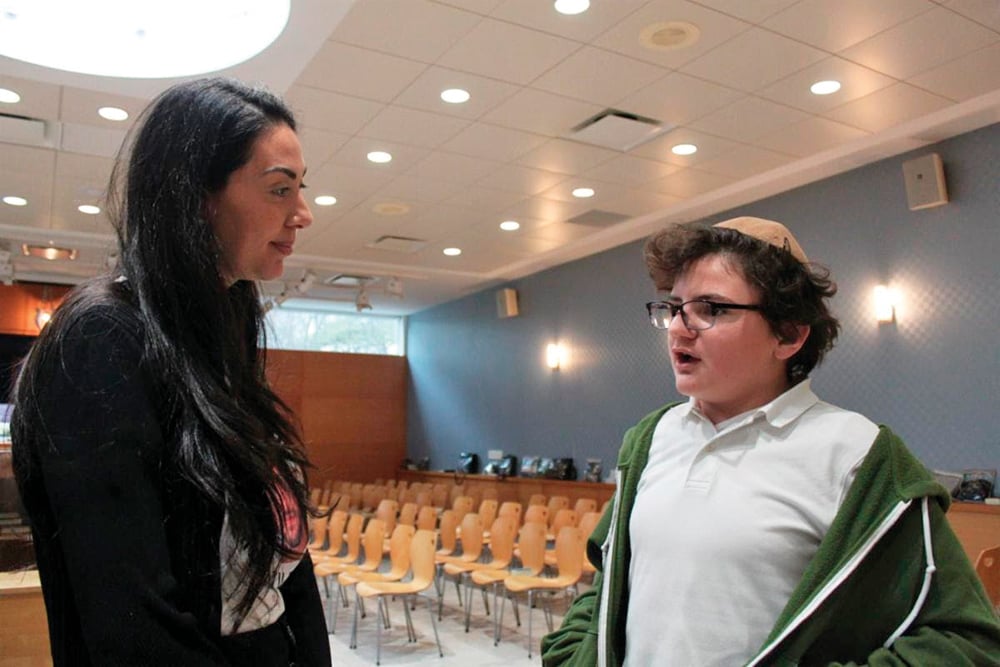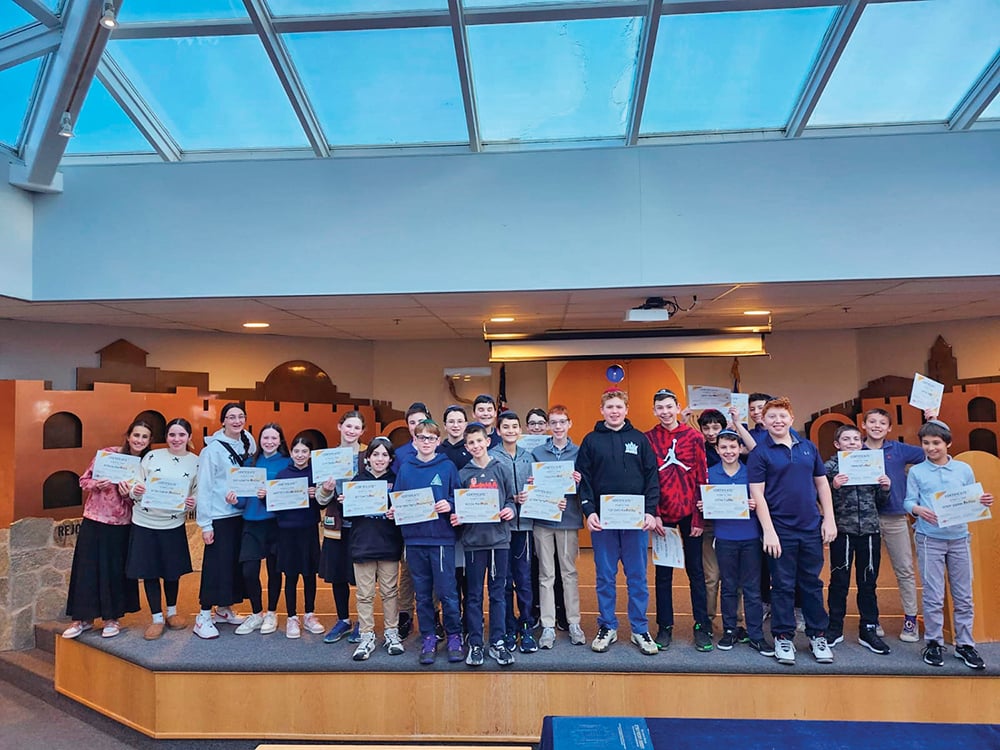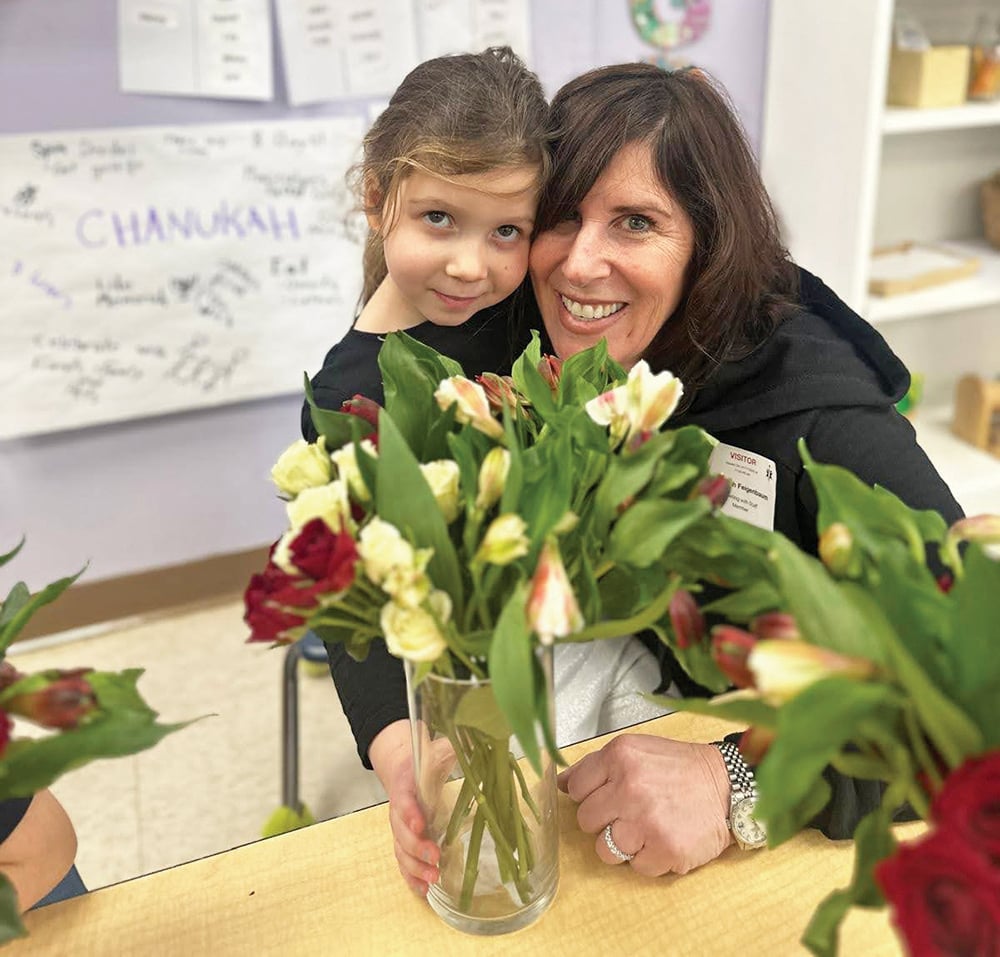


Although some destinations are cautiously lifting travel restrictions and people are learning to navigate a new version of normal, it’s safe to say that travel plans this summer are limited. In fact, as a result of the pandemic, it’s likely that many from the New Jersey area will refrain from traveling beyond state lines at all, let alone fly internationally. With that said, many regular travelers and history enthusiasts have looked for tourism alternatives online. Among those resources available is the website, Qesher.
Qesher was founded by partners Dora Koranyi and Sebastian Mizrahi with the intention of recreating the experience of travel during the coronavirus pandemic. However, Qesher has since evolved into something much greater––it provides a weekly window into Jewish cultures around the world.
Koranyi and Mizrahi had both been involved in Jewish tourism before the pandemic. Koranyi was born in Budapest and had lived there for most of her life, with the exception of a year-long stint in Italy and the U.S., and four years in Israel. When she returned to Budapest after her travels, Koranyi found that it was much harder to stay connected to Jewish life in Hungary than it was in Israel. In order to provide such a resource to tourists in Budapest, she began leading tours in the Jewish quarter.
Mizrahi is originally from Venezuela and has lived most of his life in Israel and in different European countries. He currently lives in Budapest and had been planning a tour in Spain for Americans looking to learn about the lives of Sephardim since the Inquisition. When the pandemic eliminated the prospect of travel, Koranyi and Mizrahi thought to bring their tourism experience online. A virtual program gave them the freedom to explore not only Jewish communities in Budapest or Spain, but those around the world.
Their idea, to encourage “remote travel” by creating a virtual community of researchers and tour guides, quickly developed. Within a few weeks the program was already online and running.
Koranyi and Mizrahi wanted to create a forum for educational discussions where speakers and audience members would converse as peers to share their stories and make connections between Jewish lives around the world.
“We simply wanted to continue the things that we were doing, but we needed to create a space where we could do them,” Koranyi said.
Qesher’s goal is to shed light on how Jewish lives have evolved throughout history. Jewish life in Spain didn’t end with the Inquisition, and neither did Hungary’s end with the Holocaust. Jewish life is alive on every continent of the world, and there are similarities beyond the religion that binds everyone.
“We wanted to create this community,” Mizrahi said. “That’s why we called ourselves Qesher, meaning connection in Hebrew, where the participants and speakers have this opportunity to get to know each other.”
Every Sunday at 1:30 p.m. Eastern Standard Time, Qesher introduces a new speaker from a different region and community to give the limited 25 people present at the Zoom event an opportunity to interact with one another and deepen their understanding of Jewish communities from around the world.
Participants pay to sign up for the talks, and Qesher donates part of the profit to a local project, cause or organization selected by each one of the speakers.
The discussion on Sunday, Aug. 2 was titled “At the Crossroads of Sephardic, Mizrahi, and Russian-Speaking Worlds: The Story of the Bukharian Jews.” The speaker, Ruben Shimonov, executive director and co-founder of the Sephardic Mizrachi Q network, vice president of Education and Community Engagement on the Young Leadership Board of the American Sephardi Federation and director of Educational Experiences and Programming for the Muslim-Jewish Soliditarity Committee, gave insight into the multifaceted history of the Central-Asian Jews’ experience throughout time.
Ruben, who is Bukharian, was born in Uzbekistan, during the final years of the Soviet Union. As the Soviet Union soon dissolved, his family sought asylum in the U.S. His family’s story, which fits into the greater Bukharian history, unraveled the underrepresented chapter of the Jewish saga that, as the speaker explained, is barely touched upon in the footnotes of the eurocentric definition of Jewish history.
Although many Jews fled the Soviet Union, Jewish life still flourishes in those areas.
“The community’s story hasn’t ended––it’s just continuing in a new diaspora,” Shimonov said.
Throughout the discussion, participants learned fine details of Bukharian Jewry’s journey from the times of the destruction of the first Beit Hamikdash to the present day, all the while enthusiastically contributing their own ancestral stories.
Lessons like these are what Qesher directors strive to spread worldwide––the knowledge that Jewish cultures live on in different pockets of the world.
While people feel isolated during the pandemic, Qesher offers Jewish people worldwide a chance to initiate a cultural connection.
As Mizrahi said, “Qesher is a project of an unusual time in which physical borders have become stronger, but we are actually more in contact than ever.”
By Ora Gutfreund













